The camp was by the Bënçë River at the flatland under the town of Tepelena. Italians had built a series of rectangle-shaped barracks in that field. The whole camp was surrounded by barbed wire and policemen, who answered to a special police command that existed solely for strict guarding and supervision, not only of the camp as a territory, but of all people in it.
There was a large gate at the entrance. Immediately behind it there were a series of offices constructed for the camp command.
All internees lived in the barracks built by the Italian army.
This camp’s internees had been taken there in different times and from different places. A large part of them were transferred there in the Autumn of 1949 from the Turan Camp, where the epidemics had brought hundreds of deaths during the summer of that year.
The army barracks were cold. Two-floor beds made of timber were built in these premises. They were the designated areas for all internees. These beds made up their whole living space. Men, women, children and seniors from all corners of Albania lived there, together. It was impossible to have any private area for the family, no matter how small. Each detail of life in the barracks was like that of Nazi concentration camps.
There was no electricity, no fire and no drinking water in the barracks. Internees needed police clearance to take water from a tap near the camp command and kept it in the few containers they had.
The barracks formed a circular shape with a field in the center where all internees would come out whenever there was roll call, or every Sunday when the barracks were cleaned. Children played in that field during the day, whereas their parents or older relatives were sent to forced labour.
Food
In the Tepelena Camp, each internee was provided with 600 grams of bread per day. During lunch, they were given one ladleful of soup that was cooked in a large cauldron and, according to several testimonies of the survivors, it had more worms than actual food. They also had a ladleful of tea to drink in the evenings. With such food, the internees’ health deteriorated with each passing day, whereas diseases started causing a series of death waves in the camp.
A day of work in the Tepelena Camp, 1949
Sleep for the internees, who numbered over 100 per barracks, was very short in the wooden beds that were right next to one another. The bell rang at 4:00 in the morning. Policemen entered each barracks and ordered the internees aloud to go to the yard for roll call. Within a few minutes, all internees were at the large yard between the barracks. Based on the large number of internee testimonies we find different figures referring to the respective periods of life in the camp. Significant overpopulation was noticed in September 1949, when Bardhok Biba had just been killed and trucks full of new internees to be added to the existing ones came to the camp almost every day.
Roll call was done a few minutes after the bell ring and by sectors, where each policeman had his own sector. Afterwards, seniors and children, who were unable to work, were ordered to go back to the barracks, whereas others, women and men assigned to work had to go to the sites designated by the command, mainly to the mountain to collect wood, but also to the construction areas of the time.
This is the testimony of Hyrije Kupi for her first day of work as an internee of the Tepelena Camp:
‘We collected wood from the mountain facing the camp, called the Luzat Mountain, but I didn’t know this at first. I was exhausted from the road of the previous day, and I hadn’t slept at all when they kept us in line in the early morning to depart for the mountain. I didn’t even know how we’d take the wood. Someone comes and hands me a rope made of goat wool, which they called ‘tërkuzë’ in Albanian. ‘Take your tërkuzë’ – he told me. But I didn’t even know it was called a tërkuzë, neither where we were going. It didn’t take long before the gate was opened and all of us women and girls had formed a line and started walking towards a rugged mountain. This line of wives, mothers, daughters and sons of former ministers and senior statesmen was made of more than 200 women and 200 men. We entered the forest and went through a narrow foot trail. Throughout the path, we were accompanied by armed police. When we reached the dominant heights of the Luzat Mountain, men dispersed to cut wood, whereas we used the ropes to carry it like animals.
In the evenings, when we went home, each and every one of us had to take the wood to the yard of the Branch of Internal Affairs to warm the policemen on duty. We walked the entirety of these movements, even when carrying the wood, in a line of two with a dictated speed and accompanied by policemen in every step of the way. After unloading the wood at the Internal Branch of Tepelena, we were taken to our barracks on a line and were given a ladleful of the hot water they called tea and were allowed to lie down to rise again at 4 o’clock in the morning.’

